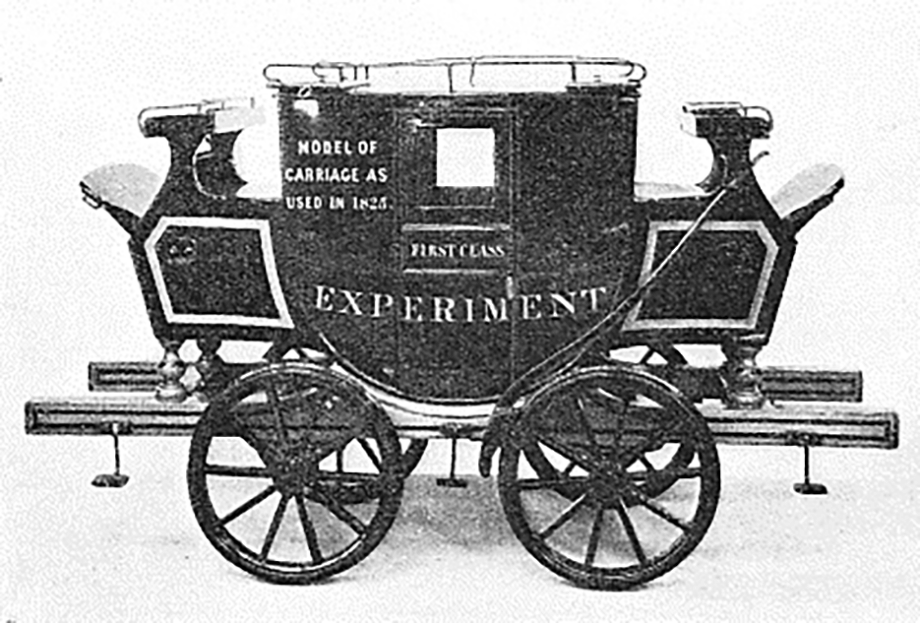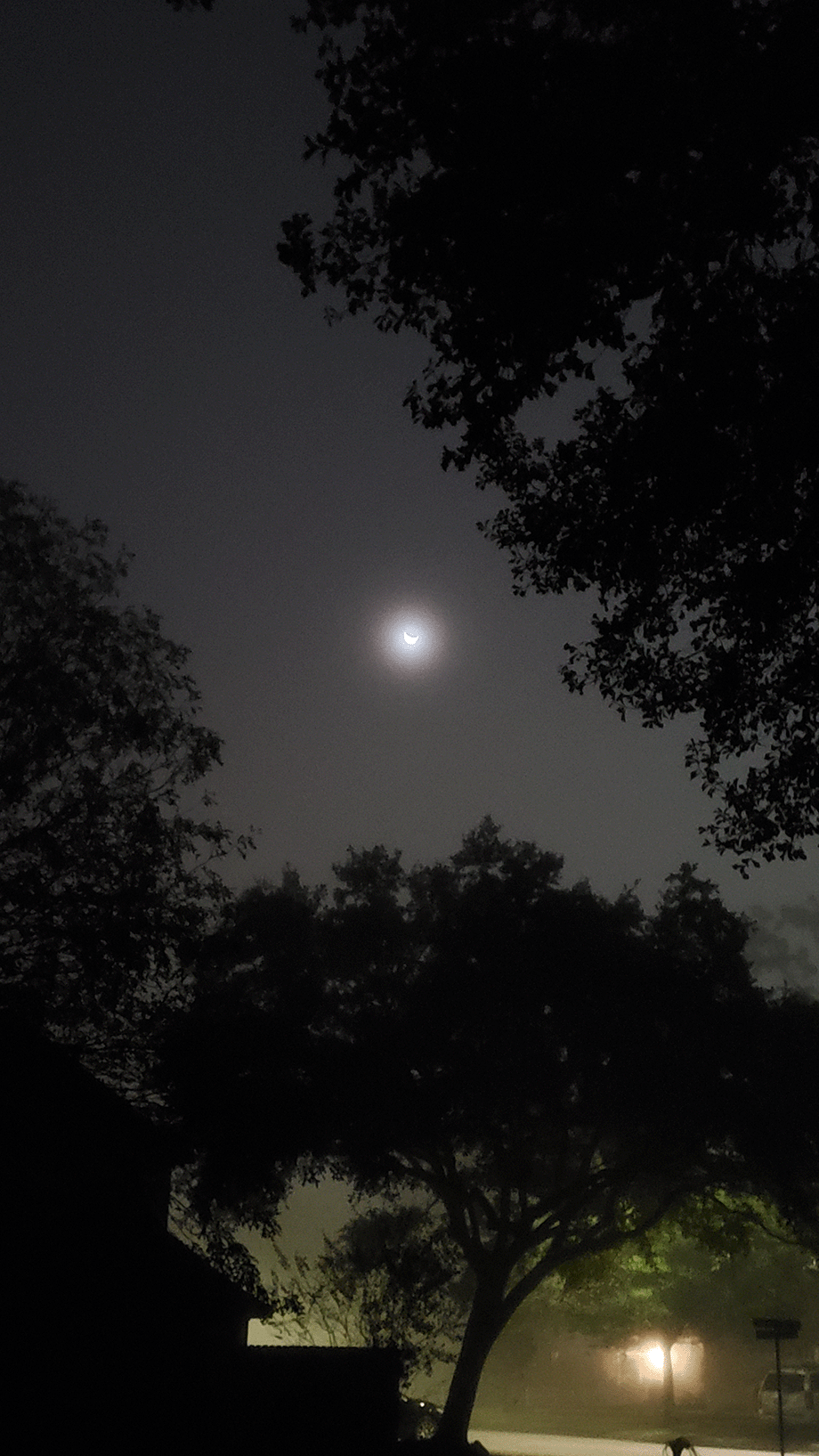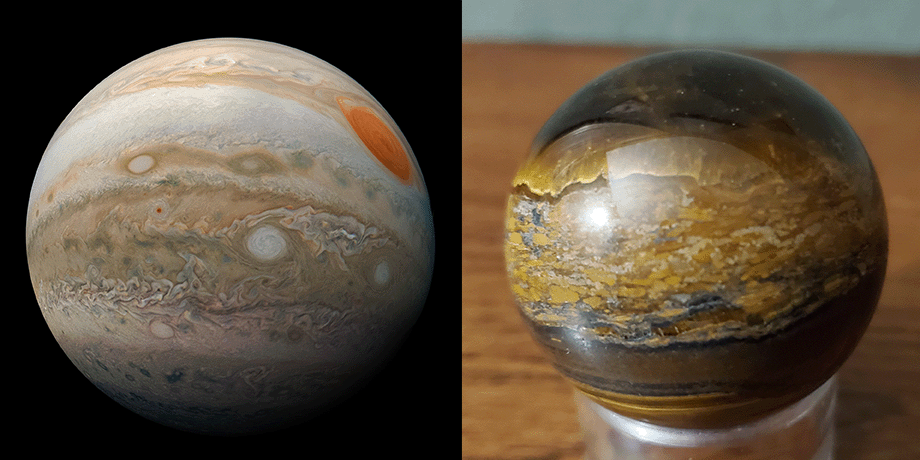As you read this article I am traveling. That would usually not be considered an interesting statement on it’s own. If I said that I was traveling to London and Paris and Rome, it might acquire a romantic cachet. Traveling to Egypt or India is still more exotic; I have been to the former, but not the latter.
If I were to tell you that I was wandering the astral plane, or traversing the rivers of time itself, you’d either think me a fiction writer or a madman-though some small number of you might take me at my word.
But this trip is a simple vacation to a rather pedestrian area of the Florida Gulf Coast; one which I return to nigh annually at this time of year as it coincides with other interests that make such a visit affordable. Excepting two postponements during the pandemic, this has been on my August calendar for the past several years, and likely remains so.
It is this occasion of locomotion that inspired me to delve into the subject matter of this week’s article, namely that of liminal spaces and the use to which they can be put in imagining our magic.
The liminal space is that undefinable point between one thing and another thing. It’s a border that is not marked on the map. It exists in space and in time, in object and artifice, and in mind, if not in body. It is part of neither, but joining both. By this nature of poetic non-existence, it provides an opportunity to draw power from the fabric of the universe, send messages across the aethers, and walk between the worlds.
The crossroads and hedgerow are traditionally liminal locations. Mountaintops, the banks of rivers and streams, and the shores of lakes and seas also qualify. Cemeteries and graveyards, being places where the living go to meet with the dead, are ripe places of the in-between world.
Temporally midnight in modern society is considered between one day and the next, though it is not always the Witching Hour referred to in writings on the subject. Cultures like the ancient Celts and Hebrews reckoned the day as from sunset to sunset, so these times, along with the dawn which is the middle of that day, become points of special significance.
The eve of the High Sabbat Beltane is considered to have a special nature, and is called Walpurgisnacht in central European tradition. Midsummer’s eve opens the doorway not just to Oberon and Titania but to a host of spirits and devils. Hallowe’en is connected to the Samhain ritual of the Celtic people, and given similar power. The Winter Solstice and the Equinoxes were likewise marked and celebrated, though lore regarding their status as liminal gateways is less extant. These are pinions the Wheel of The Year turns on, and their importance goes back to our days in the caves.
Of course, sometimes the magic needs making and the crossroads at midnight is not a desirable place to be, and it’s weeks to any of the High Sabbats. The doorway of your house, apartment, or room constitutes a working liminal space. In our experience of the world, we are always now… never in the past or future, but always in the present moment. That makes time itself something of a crossroads.
But when we travel, we also experience liminal spaces. It’s important to be aware of this, because we can use those energies. If we are not aware, then we are also susceptible to having our own energy altered, sapped, or diverted as we encounter these places.
The most liminal space I can think of in the modern world is the airport. It’s not a real destination. No one is going to the airport to be there in any way other than temporary. Either you are going because you are leaving for someplace else, or you have arrived from someplace else and want to leave the airport.
The energy of an airport is chaos. So many people want to be elsewhere. People are nervous, frustrated, homesick, longing, exhausted, and sometimes just plain lost. If you’ve done any amount of air travel, you know what I am talking about.

I’ve spent a lot of time in airports. One of my former occupations had me flying around the planet every couple of weeks. Thankfully this was when I was younger, and the security was less intense, but it was still generally a place of unease. If I was departing on a mission, my mind was on the next stop, what time I would have to get my bearings when I landed, and what problems awaited me there. If I was returning home, I was impatient to get on the plane and get going, even if it was 8 to 12 hours in the air.
Often I would arrive some hours before the flight, owing to hotel check-out times and rental car returns. After you’ve shopped duty free, had dinner, and as many drinks at the airport bar as you could and safely make it on the plane, there’s not much to do but sit and think.
This was pre-Internet. There was no Wi-Fi (free or otherwise) and you might only find a TV in the bar. Even if there had been Wi-Fi, my company laptop was a rarity among air travelers in those days. So if I’d finished that novel I stuck in my luggage, my only choice was to people watch (which is not nearly as interesting the 45th time) or retreat into my own mind for a while.
I spent a lot of that time contemplating the nature of reality. If you’re weird, and you’re bored, that’s a thing. While not necessarily working with magic, I did develop a lot of my personal ideas about how energy works, how it can be manipulated, and the relationship between perception and reality. And a good deal of that was related to ideas about traveling betwixt and between said perceived realities.
Adjacent to the airport is another liminal space, and that is the airplane itself. Aside from boarding and unboarding (which are also liminal times at the boundary of the flight) the plane is almost constantly in motion, even though you are sitting still. “High into the sky, moving without moving” seems a fitting snippet for all manner of spell crafting. You are above the clouds. You are near to the stars. You sail the heavens in a silver bird. All wonderfully evocative and poetic thoughts for making magic.
Closer to ground, of course, are trains and buses, and the depots that they stop at. In the USA this manner of travel is less common than it used to be, outside of commuter traffic. But there’s no reason to ignore the potential on the subway. You are tunneling into the bowels of the earth, going underground and underwater, in the belly of a metal snake. In those darkened tunnels you may find displaced trolls and gnomes, raised from their natural slumber by the incessant clickety-clack of the passing cars.
A personal automobile is just as easily seen as a space between, but if you are the driver, I discourage any complicated working. As a passenger though, you can enjoy the ride, traveling without moving. You are pulling at the edge of the world around you, dragging it along, pushing it up in front of you. That’s the only real way that you are going to get that big car through the tiny tunnel you see ahead on the road.
Traveling shifts our perception of time and space. Indeed, how is it that the tunnel entrance grows larger as we near it, and then gets small again as we drive out the other side. Logic tells us that the tunnel is always the same size, it is simply our perception of it that changes. Things only look smaller because they are farther away. Yet no one is really quite sure why light behaves like that, or our brains translate it that way.
Light does strange things when you are moving. Einstein (sorry, we’re going to be doing maths again) posed his thought experiment of the railway carriage to explain the idea of relative observation of phenomenon. It goes like this.
Say you are on a moving train and you drop something heavy out the window. You will see it drop straight down.
Meanwhile, someone else is standing on the side of the track, and sees the object drop down at a forward angle. So far this doesn’t seem too weird. After all, the person in the train is moving forward at the same rate that the item is moving forward as it drops. From the point of view of the train rider, the object goes straight down.
But because it was moving forward when it left your hand, it still has the forward momentum of the train, and will until it drops to the ground. So someone watching from the side will see it going forward and down at an angle. If we plot both observations together we get a right triangle.
The nifty thing about right triangles is that they are subject to the rules of Pythagoras, expressed as the square of the hypotenuse is equal to the sum of the square of the other two sides. If you fell asleep in Freshman Geometry, the hypotenuse is the longest side, in this case, our angled descent.
Now we could measure the distance that the object fell from the train window, and measure how far forward it travelled before it contacted the ground and stopped, multiply each of those by themselves, and then add them together, and take the square root of that number to determine how long the long side is. That’s a useful tool in surveying and working out how high something is in the sky, and I recommend learning it. In this case, though, our eyes will tell us what we want to know.
The path of the object falling at an angle is longer than the path of the object that dropped straight down.
But the object traveled the longer path in the same amount of time that it dropped the shorter distance straight down from the train.
Now, we can go invoke the same logic that gets us through that road tunnel up ahead, and say, well, what was really happening is that it was traveling the longer distance. It was the perception of the person on the train that was wrong.
But that perception is 100% accurate, from the context of the train. So how do we get around two different distances being traveled at the same speed in the same amount of time. That’s physically impossible.
Simple. You just alter time.
You may want to sit down for this. Take a sip of water. It gets bumpy.

When you are on the train, you experience time passing at a slower rate than the person standing on the siding. So time for you passes slow enough for the object to fall along that longer angled path, exactly as you watch it travel the shorter path to the ground.
Since Einstein, we’ve become accustomed to the term “space-time” or “space-time continuum” if you want to be fancy. Basically what this says is that time is a dimension of space, just like length and depth and height. So in the universe we inhabit in our waking state, things are left or right, up or down, here or there, and past or future, relative to our position.
Space gets curved by gravity. We’re still not entirely sure how, but it works that way. We have proof of this in the recent photos from the James Webb Space Telescope, showing light from distant galaxies being distorted by the gravity of a closer star. It takes longer to get through curved space than “flat space” so the light we see gets bent.
Gravity is a factor of mass. Something really big can bend space, and since time is connected to space, well it gets bent too. Mass can come from large amounts of matter, but it can also come from smaller amounts of matter that are moving. This is because energy itself has mass, and something that is moving has energy.
So on the train the amount of energy present from it’s motion is slightly bending space-time. Bending it enough so that when you dropped that rock out the window you saw time pass slower than the person standing on the siding.
So when you are traveling betwixt and between on an airplane over the Atlantic, you are in fact, time traveling. You are living at a slower time than the friends you left on the ground behind you and you will be moments younger than them when you land.
The faster you go, the slower time gets. Of course, the faster you go, the more energy you have, and the greater your mass. This causes space to curve as well as time, and explains why, at least as far as our little universe is concerned, you can’t exceed light speed. The faster you go, the more bent space becomes, and the slower time passes. Eventually you reach a point that you can’t get there from here, and that is the lightspeed barrier.
At least not in this universe. Which is why scientists and science fiction have created holes in the universe that open onto other universes, alternate realities, and “hyperspace” where the gravitational wall doesn’t apply. Hyperspace and wormholes are the ultimate in liminal space. They can be reached, accessed, traveled through, and yet never inconveniently partake of the local laws of physics.
Witches have been using these things for eons. Wandering in Faerie has many similarities with these non-Newtonian spaces. Years pass in a matter of days. Castles, kingdoms, and entire worlds exist through a hole in a hedge. Relative size is not fixed. One pill makes you larger and one pill makes you small.
Look you for the openings at the edges;
Places where water comes from nowhere;
The way not seen in passing,
but only glimpsed when looking behind.
At least it will give you something to do when you’re flight is delayed and you’re stuck in Denver.
Thank you for reading this week’s article. Rest assured I will return from my bit of Island Time to present more conundrums for you next week.








